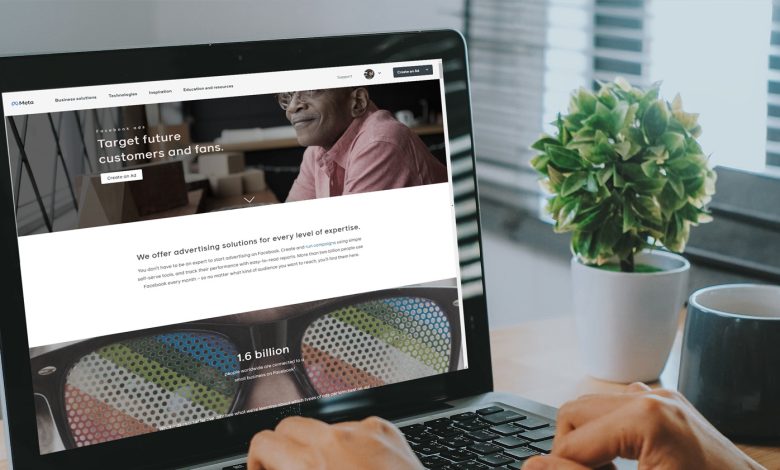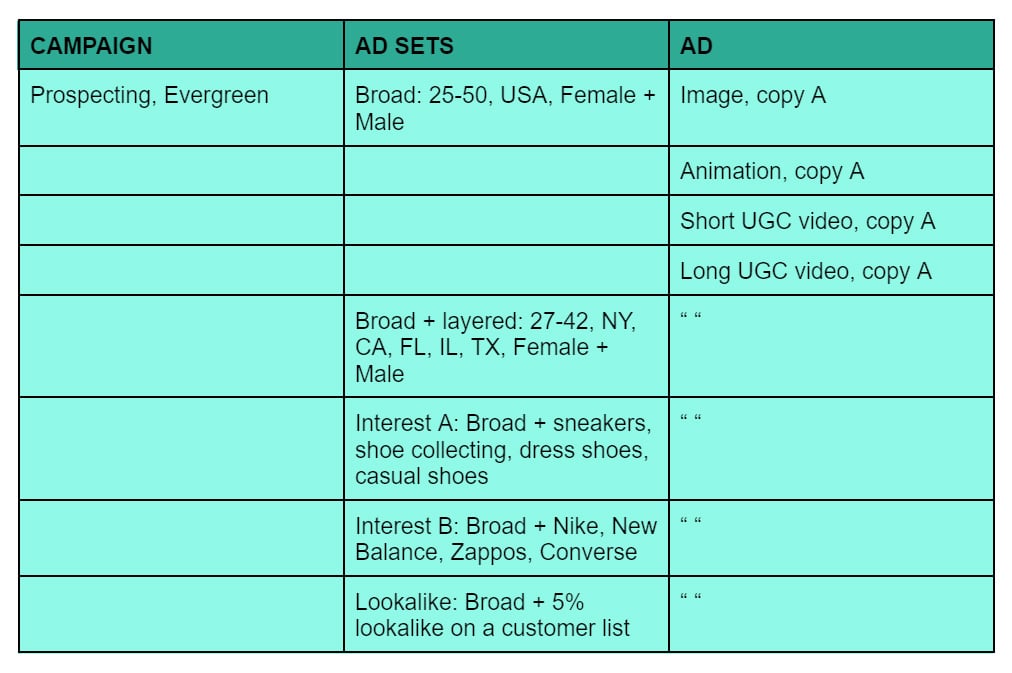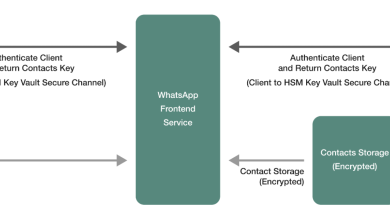What’s the Best Facebook Ads Campaign Structure?

Something that is often not considered as a lever to increase the performance of your paid social campaigns is the campaign structure itself. Creative strategy and targeting are, of course, significant levers to adjust, but if the campaign structure isn’t right, you won’t be able to get the full range of benefits from your creative and targeting.
Facebook Ads Campaign Structure Optimization Guide
Here are some proven optimizations you can make that will allow you to achieve the best campaign structure for Facebook Ads–and really any paid social channel.
1. Have Prospecting, Retargeting, and Retention Campaigns
Generally, I use three broad categories in my Facebook and Instagram ad campaign builds: Prospecting, Retargeting, and Retention.
Prospecting campaigns target only new users, using site visitor and customer lists as exclusions. Retargeting campaigns target only users that have had >1 touchpoint with your brand (i.e. people that visited your site or engaged with your posts/page) and exclude customers. Retention campaigns target only your customer list.
This structure is helpful because it allows for the most control; you should craft different messaging for each of these user categories and allocate your budget appropriately.
For example, for retargeting campaigns, you typically want to allocate 15%-20% of your budget and deliver them creative that focuses on bringing them back into the funnel through offers, social proof, or personalized messaging.
2. Separate Evergreen Campaigns from Experimentals Campaigns
Having a healthy Facebook and Instagram ads campaign means conducting at least one creative test at any given time. Whether you’re testing the creative, headline, or primary text, it’s important to have a separate campaign that houses your experiments.
By having a separate campaign for your experiments, you won’t add volatility to your CPA since your evergreen campaign will have the majority of the budget and be utilizing tried and tested creative.
Over time, as you find new top performers, take these ads out of your experimental campaign and into your evergreen campaign. This cycle allows for creative learning and incremental improvements in click-through rate (CTR), cost per action (CPA), and return on ad spend (ROAS).
So, let’s say you just received a new batch of three creatives, and you’d like to launch them, here are the steps you should follow:
- Create a new campaign and include “Experiments” in the name.
- Add an ad set that’s targeting your top audience attributes.
- Select your previous top performing ad and have that as a control in your ad set.
- Upload the three creatives from the new batch in the ad set with your control ad.
- Make sure all other variables have been considered and are controlled; the ads should all have the same copy, CTA, and URL if you’re just testing the media.
- Depending on your budget, you may need to wait anywhere from 2-8 weeks to get learnings, but once you have a large enough sample size and can identify a winner, then you can move to the next step.
- Take the top variation from the new batch and add it to your existing “Evergreen” campaign.
- Rinse and repeat, but make sure you don’t go over 10 ads in one ad set and are continually optimizing your evergreen campaign by turning off ads that aren’t performing.
By combining tips 1 and 2 above, your campaign outline may look like this:
3. Aim for a Budget that Generates at Least 30 Conversions Every 7 Days
For your prospecting campaigns, it’s important that you’re giving the pixel enough data for it to exit its learning stage.
You should aim for at least 30 conversions per week; if you’re already over that, that’s even better.
Let’s say your CPA is $40, you should aim to spend about $1,200 per week or $4,800 per month.
4. Experiment with Different Audiences

If your ads right now on Facebook and/or Instagram are delivering to only one audience, then you could be leaving money on the table. Always have an audience that you’re testing against your control. For every one prospecting campaign, I tend to have 3-7 ad sets, depending on budget and customer list availability.
For new campaign builds, I like to leverage the following audience / ad set rollout:
- Broad: this audience will act as your control. Here, you don’t need to select any interests and you can leave your demographic and geographic targeting fairly broad.
- Broad + layered demographic: this ad set will be narrower than your control. You can target your top DMAs and add any age constraints.
- Interest theme A: using your “broad” audience attributes as a foundation, begin to add in Interests under the “Detailed targeting” section. Make sure the interests you select are all within the same theme. For example, if you’re trying to target people interested in buying shoes and you’ve added interests like “casual footwear” and “sneakers”, don’t add in something like “running”. Although it may seem reasonable, you want to keep your themes as similar and isolated as possible.
- Interest theme B: similar to the above, this ad set will simply test a different audience theme you’ve identified.
- Lookalike audience: before iOS 14.5, lookalike audiences were by far the top audience type. If you had a 1%-3% lookalike audience based on a customer list that you updated quarterly, your campaigns were likely in a good place. Now, post iOS 14.5, lookalikes aren’t as strong and bigger, broader percentages may outperform. I’d recommend trying a 5% lookalike based on a customer list of at least 5,000. If you don’t have that many customers yet, start with site visitors.
Remember, continue testing month over month. This above will provide a good foundation and will tell you directionally what to test next, but it’ll be important to keep adjusting and refining as more data comes in.
5. Ad Creative is King
Ad creative will likely be your biggest driver of performance, so you need to make sure you’re utilizing proven ad creative strategy while keeping in mind common creative mistakes in Meta ads and that you have a Facebook Ads campaign structure that supports two primary things: (i) frequent creative refreshes and (ii) iterable testing.
In the same way you can experiment with different audience types and incorporate that into your campaign build, you should also be incorporating different creative types. Four creative types that I recommend to start with are:
- Square and 9:16 images
- 4:5 and 9:16 animated short videos
- 4:5 and 9:16 long-form UGC videos
- 4:5 and 9:16 short-form UGC videos
Of course, there are many more types of creative you can concept and test–not to mention copy and messaging–but the above four types should provide a foundation for your campaign.
To continue with the shoe example, let’s say you’re trying to market your shoe brand and want to make creative that follows the above framework. For image ads, simply grab some lifestyle or on-white product shots of your shoes, add a short headline overlay, and make 1:1 and 9:16 versions for the Feed and Story placements.
If you’re wondering why you even need image ads in this world of video-first marketing, the answer is cost per mille (CPM). Image ads will typically have a lower CPM and if you happen to make some great image ads that have a similar CTR to your videos, that means on net, they could end up having a lower CPA and higher return on ad spend (ROAS).
For the short animated video ads, simply add some effects and motion to your image ads or overlay copy; you may be surprised how adding a bit of movement can increase your engagement and CTR.
The main differentiator between the two UGC creative types is length. If you have a video from an influencer, try making a quick cut that’s 10-15 seconds long, and then another that’s 30-60 seconds. Run a small test and analyze the view percentages, CTR, and ROAS, but don’t be satisfied with a sample size of 1. Once you’ve run this test several times, you should see a pattern emerge.
This is what your Prospecting campaign could look like when you incorporate the above:

And remember, always be testing. For your first round, consider having each audience with the same four ads to control your variables. Additionally, if you’re just testing the media in your ad creative, make sure the headline and primary text are written to work across all ad types.
Pro tip: Make a creative scorecard copy. Over time, you’ll likely start to see patterns or themes across creative that work. It could be the use of a color, a particular message, a certain type of shot, or a specific intro action. Take these learnings and build a creative scorecard. List out the attributes that work and assign values to their importance on a scale of 1-5.
For example, if your data suggests that having the color purple is a significant indicator of performance, mark having this attribute with a score of 5. Once you build this scorecard, give it to your creative team so they know exactly what themes should be in your creative in any new batch of ad creative.
6. Make sure your Pixel is Learning
Last, but certainly not least, make sure you’re giving as much accurate and relevant data to your pixel as you can. When it comes to your Meta Ad Account, make sure your domain is verified, Conversion API is active, and that your pixel events are not only firing along key steps in the funnel, but that these events also have values assigned to them.
Whether you’re running an ecommerce funnel or lead funnel, your event should have values. Not only will you see performance improvements, but you’ll also be able to test value-based bid strategies vs. just volume-based bid strategies.
The Best Campaign Structure for Paid Social Channels
You can leverage these tips and tricks on many other paid social channels. They’ll generally work with TikTok Ads, YouTube Ads, and Google Display / Google Discovery campaign builds. For more paid social strategies, you can work with pre-vetted marketing freelancers from Toptal.



